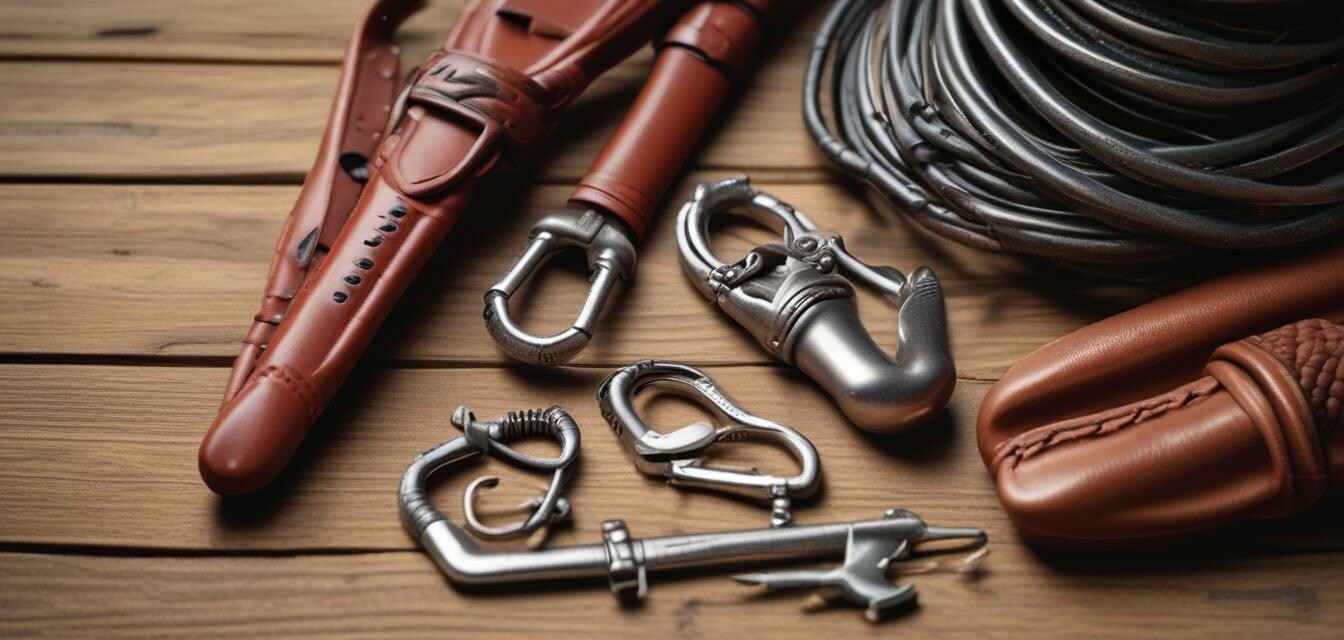
The pros and cons of different riding bits
Key Takeaways
- Understanding the different types of riding bits helps improve communication with your horse.
- Choosing the right bit is crucial for the comfort and performance of your horse.
- Each type of bit serves specific purposes and has its advantages and disadvantages.
When it comes to horseback riding, selecting the right bit plays a significant role in ensuring both the rider's and horse's comfort and effectiveness. Bits are essential tools for communication between rider and horse, and understanding their pros and cons will help you make an informed decision. In this article, we'll analyze various types of riding bits, their applications, and guide you on how to choose the right bit for your horse's needs.
Understanding riding bits
A bit is a piece of equipment worn in a horse's mouth, connected to the bridle, and is primarily used to communicate with the horse through pressure on its mouth. The choice of bit can dramatically affect the horse's behavior and performance. There are various types of bits, each serving different purposes.
Types of riding bits
| Type of Bit | Description | Common Uses |
|---|---|---|
| Simple snaffle | A jointed bit that works by applying direct pressure. | General riding, training, and jumping. |
| Double-jointed snaffle | A snaffle with two joints which provides a smoother action. | Dressage and sensitive horses. |
| Curbed bit | A bit with a curb chain that provides leverage. | Advanced riding and communication with strong horses. |
| Hackamore | A bitless bridle that controls the horse via pressure on the face and nose. | Horses with mouth issues and general riding. |
| Pelham bit | A hybrid bit that can be used with two sets of reins. | Hunter competitions and general riding. |
Pros and cons of various bits
Every type of bit has its advantages and disadvantages. Let’s delve into them to provide a clearer picture of what might work best for you and your horse.
Pros
- Improved communication with the horse.
- Designed for specific horse behaviors and rider needs.
- Can aid in better performance for different riding disciplines.
- Wide variety of designs to choose from, ensuring an optimal fit.
Cons
- Some bits may cause discomfort if not properly fitted.
- Understanding how to use each bit effectively takes time and training.
- Certain bits may not be allowed in specific competitions.
- Can create confusion if the horse is not comfortable with the bit type.
How to choose the right bit
Choosing the right bit requires an understanding of your horse's needs, preferences, and riding style. Here are some factors to consider:
- Type of riding: Different riding styles may require specific bits, such as snaffles for general rides or curbed bits for advanced maneuvers.
- Horse's comfort: Ensure the bit is not causing pain or discomfort. It's crucial to regularly check the fit and condition of the bit.
- Your level of experience: As you gain experience, you might find that certain bits work better for you and your horse than others.
- Consultation with a trainer: Don’t hesitate to seek advice from experienced trainers or fellow riders when selecting a bit.
For more detailed information on different gear and supplies, check out our Equestrian Gear and Horse Care Products sections. Keeping your horse happy and comfortable is an essential step in creating a strong bond.
Final thoughts
Choosing the right riding bit is crucial for effective communication, ensuring both the horse's comfort and the rider's control. Weighing the pros and cons of each type, understanding their applications, and carefully selecting a bit tailored to your horse's needs can enhance your riding experience significantly.
Beginner tips for selecting bits
- Start with a simple snaffle and observe your horse's response.
- Maintain a soft hand when using any bit.
- Gradually experiment with different bits while taking note of your horse’s comfort levels.
- Always seek advice when unsure about which bit to choose.
Your horse's well-being is paramount. Always opt for the best equipment while being mindful of what works best for your partnership with your horse. For additional information on riding gear, explore our Buying Guides where we help you make informed purchasing decisions.
